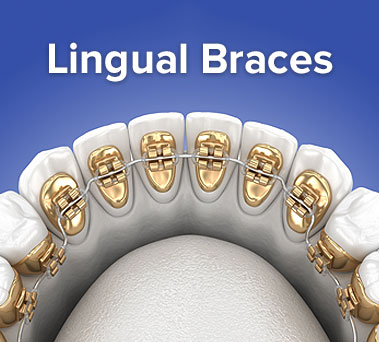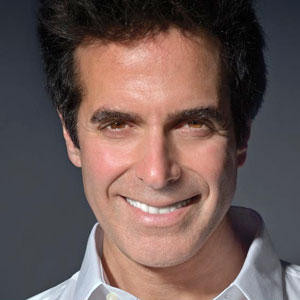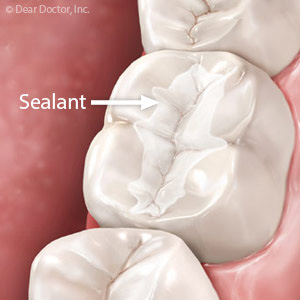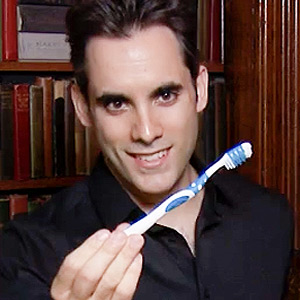

Orthodontic braces are a familiar sight, especially among tweens and teens: metal brackets and wires attached to the front of the teeth for all to see. Now imagine the opposite: much the same hardware, but now positioned out of sight on the back of the teeth.
It’s not your imagination: It’s the latest development in orthodontic technology called lingual braces. Developed simultaneously by two orthodontists in Japan and Beverly Hills, these appliances are placed on the tongue or “lingual” side of the teeth rather than the traditional labial or “lip-side.”
Generally, lingual braces can correct any bite problem labial braces can. The difference lies in how each method does its job: Traditional braces exert pressure or “push” against the teeth, while lingual braces “pull” the teeth into better alignment.
So, why choose lingual over labial? For one, they’re “invisible” to others: all the hardware is on the backside of the teeth, out of sight. They’re also not as readily exposed to blunt force facial trauma, which can damage traditional braces (a driving impetus for the Japanese doctor to develop them for his martial arts patients, and his American counterpart for a law enforcement patient working in a rough area).
Patients may also prefer lingual braces over removable clear aligners, another popular tooth-movement option. Fixed lingual braces achieve the same quality of “invisibility” as removable aligners, but without the inconvenience of removing them as patients must with aligners for eating, snacking or cleaning.
They can, however, be costly, running 15-35% more than labial braces. Patients may also have difficulty adjusting to them because they can affect speech and tongue comfort. However, any discomfort and initial regret with choosing lingual braces tends to fade as most patients grow more accustomed to them after a week or so.
There’s one other “perk” to lingual braces—unlike patients with traditional braces who have to wait for their removal to see the finished bite correction, patients with lingual braces get an unobstructed view of their progress all during wear. That can definitely boost morale during the long treatment period!
Lingual braces haven’t been around long, so not every orthodontist offers them. But the list is growing, and there soon may be a provider near you for this new teeth-straightening alternative.
If you would like more information on lingual braces, please contact us or schedule an appointment for a consultation. You can also learn more about this topic by reading the Dear Doctor magazine article “Lingual Braces: A Truly Invisible Way to Straighten Teeth.”









